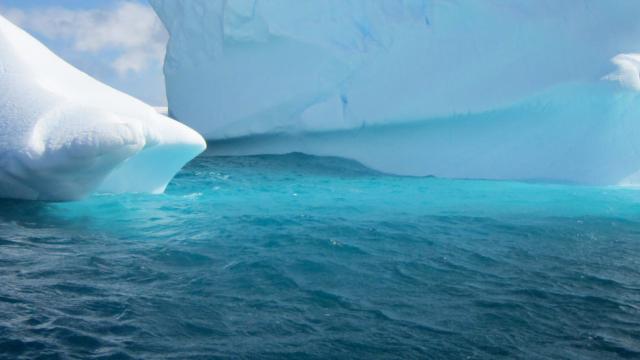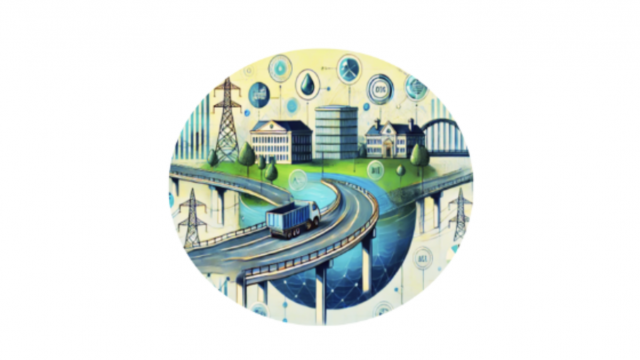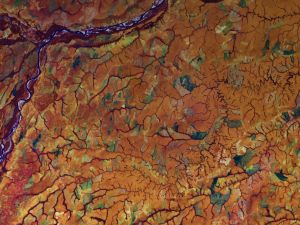Alaska and the Arctic
Alaska is warming two to three times faster than the global average, and the physical and ecological effects of this warming are evident around the state. The combination of environmental effects have far-reaching consequences for people statewide.
- Our health and healthcare are at risk
- Our communities are navigating compounding stressors
- Our livelihoods are vulnerable without diversification
- Our built environment will become more costly
- Our natural environment is transforming rapidly
- Our security faces greater threats
- Our just and prosperous future starts with adaptation
Key Messages from the Alaska chapter of the Fifth National Climate Assessment.
Featured training from Alaska Municipal League
Looking for previous content for the Alaska and the Arctic region?
Related Case Studies & Action Plans

(c) 2005 Derek and Julie Ramsey (Ram-Man). Incorporated here under the Creative Commons Attribution-Share Alike 2.5 Generic license. No endorsement by licensor implied.

Photo attributed to Ansgar Walk. Incorporated here under the Creative Commons Attribution-Share Alike 3.0 Unported license. No endorsement by licensor implied.
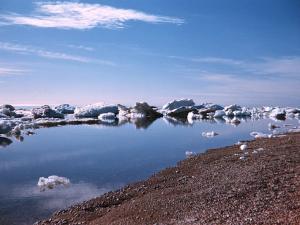
This photo has been released into the public domain because it contains materials that originally came from the U.S. National Oceanic and Atmospheric Administration. No endorsement by licensor implied.
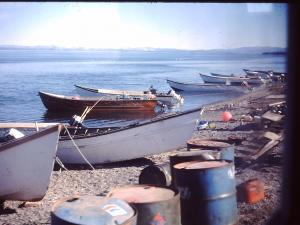
Photo attributed to Glenn. Incorporated here under the Creative Commons Attribution-Share Alike 2.0 Generic license. No endorsement by licensor implied.
Related Tools
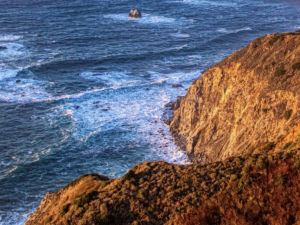
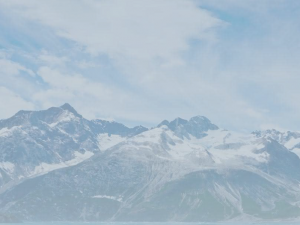
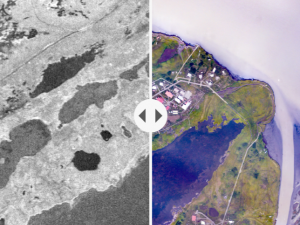
Alaska Division of Geological and Geophysical Surveys
